In recent years, managed honey bee populations that are essential to pollination in Pennsylvania have experienced a decline due to disease and parasites, and pollination of plants and agricultural crops is now more reliant on wild bee populations. By planting native plant species at home as part of your landscaping or in the garden, you can help conserve and attract wild bee species, which in turn sustains agricultural production and helps the environment. Keep reading to learn about which native species to plant and when in order to enhance wild bee populations here in PA.
Goldenrod
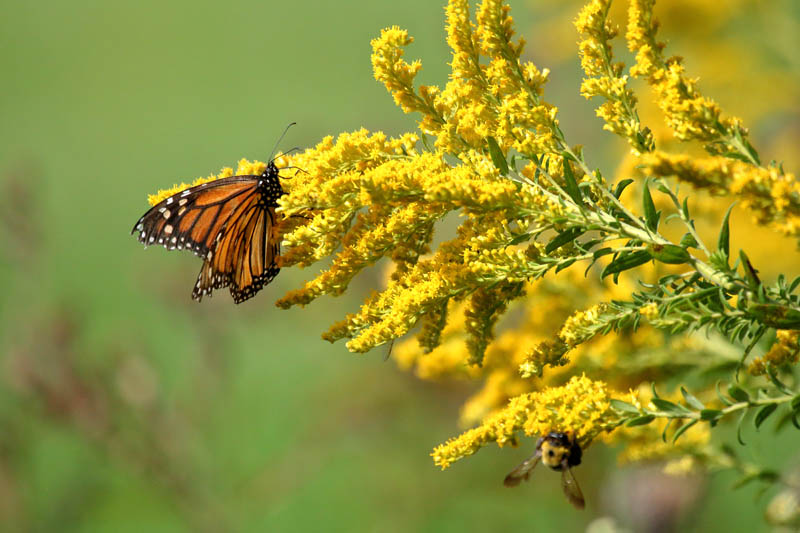
There are more than 100 species of goldenrod in North America, and they are one of the most important late-season pollinator plants. Prior to winter, honeybees visit this plant to collect nectar, and other bees use the pollen for later-season nests.
Talus slope penstemon
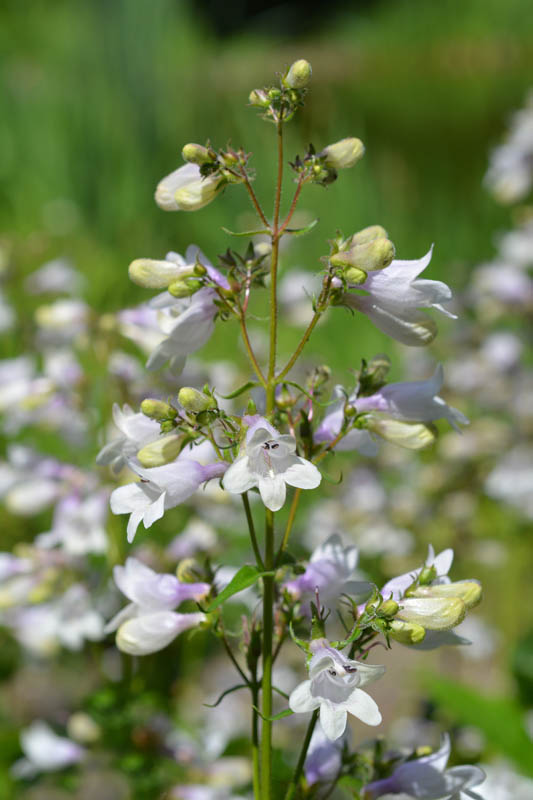
This plant is resistant to drought and heat, and will attract bees, butterflies and hummingbirds due to the tubular flower structure which can be accessed by long-tongued bees and hummingbirds.
Ohio spiderwort
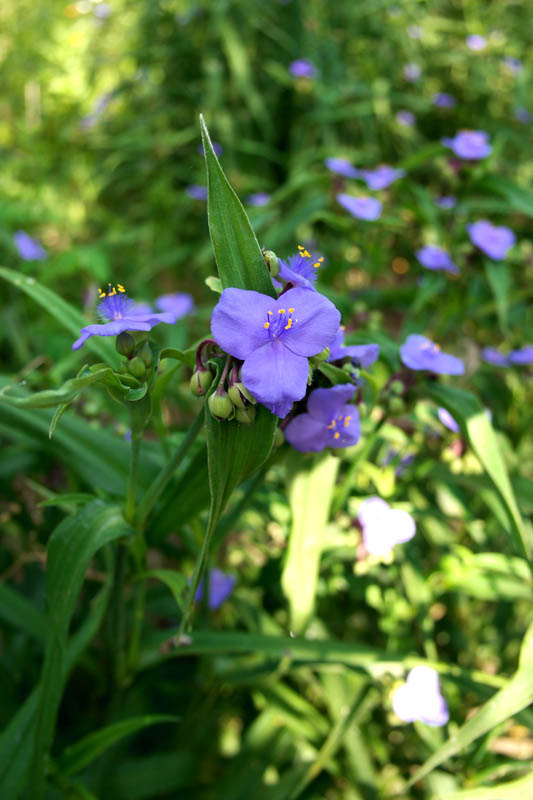
Spiderwort is one of the first plants to bloom in spring, providing an early source of pollen to pollinators like bees, bumblebees and sweat bees.
Butterfly or Common milkweed
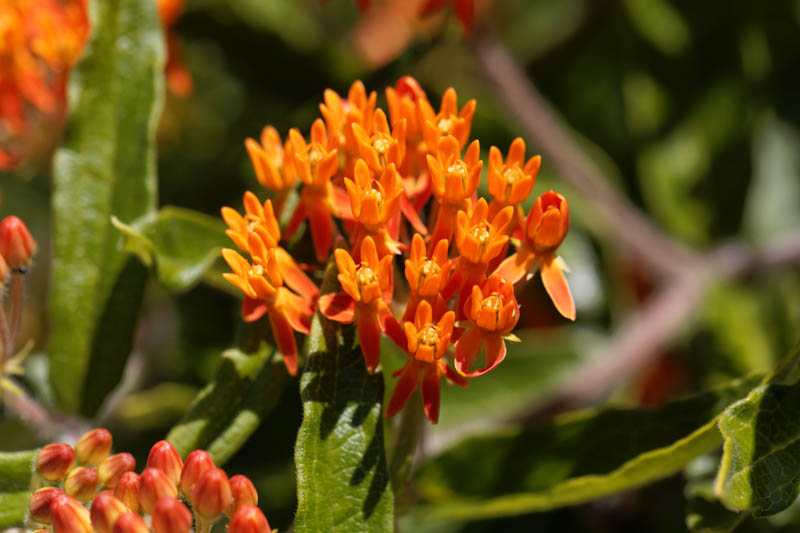
As suggested by its name, milkweed or butterfly milkweed is a vital food source for the larval stage of monarchs as well as many other butterflies. The large decline (90%) in the North American monarch population is largely attributed to the increasing scarcity of milkweed.
Wild bergamot
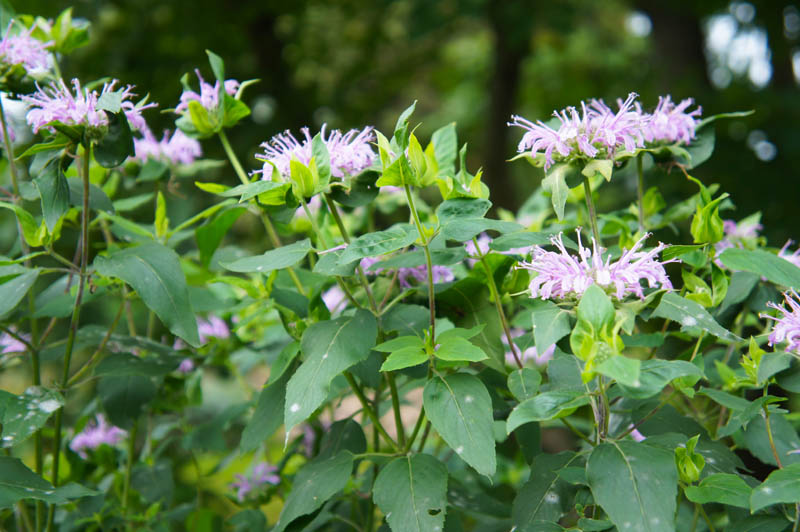
Also known as bee balm, this plant is a valuable nectar source for monarch butterflies, and the flower clusters are highly attractive to native bees and bumblebees.
American or Wild senna
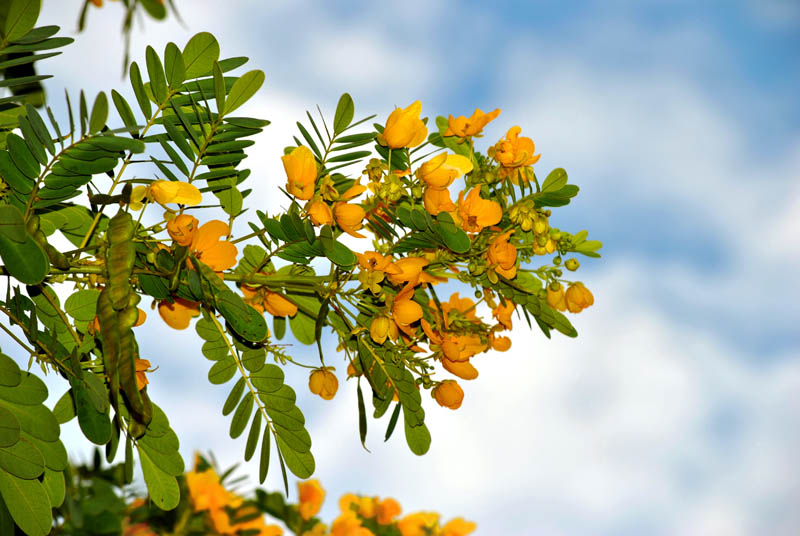
Although only briefly in bloom, this plant is visited by bees, butterflies, and bumblebees. A 2016 study from Penn State found that bumblebees prefer flowers that have a higher protein to lipid ratio in their pollen, and wild senna was the favorite plant of bumblebees in the study.
Eastern purple coneflower

This long-blooming flower is often seen as one of the main pollinator attracting species due to its prevalence and the open flower that provides an ideal feeding platform for butterflies such as monarchs. Honeybees and bumblebees, as well as other insect pollinators, are also attracted to this plant.
Giant ironweed
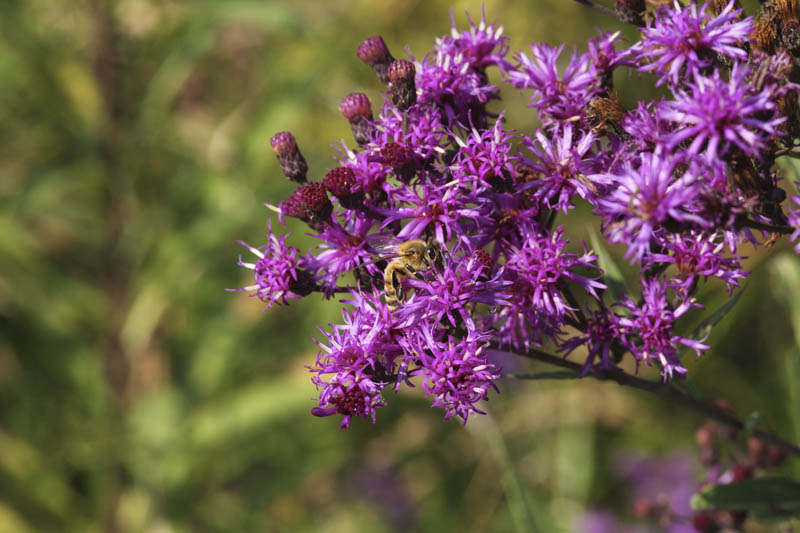
This plant is excellent for nectar, and attracts mainly hummingbirds, bees, and butterflies. It blooms from mid summer to fall and is a versatile perennial.
Sweet scented joe-pye weed
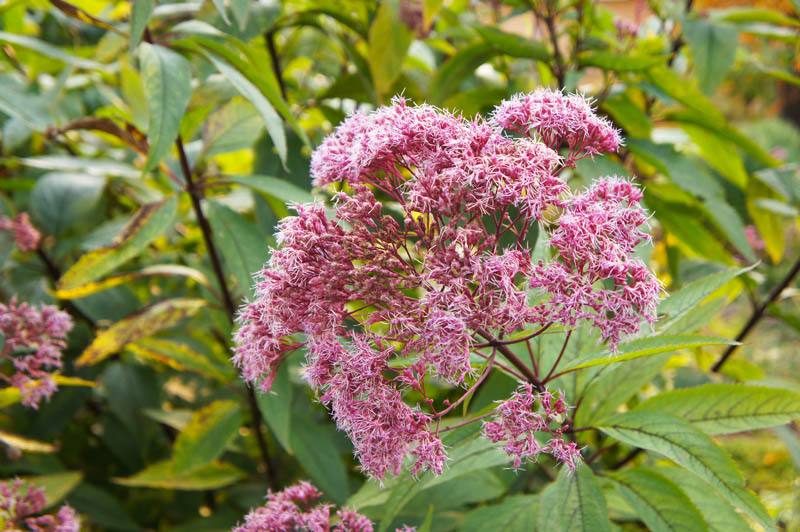
Joe-Pye weed tends to attract larger, showy butterflies such as monarchs or swallowtails as well as many native bees and insects. This plant is tolerant of partial shade and wet soils, and smaller gardens should use the “gateway” variety.
Tall or Whorled tickseed
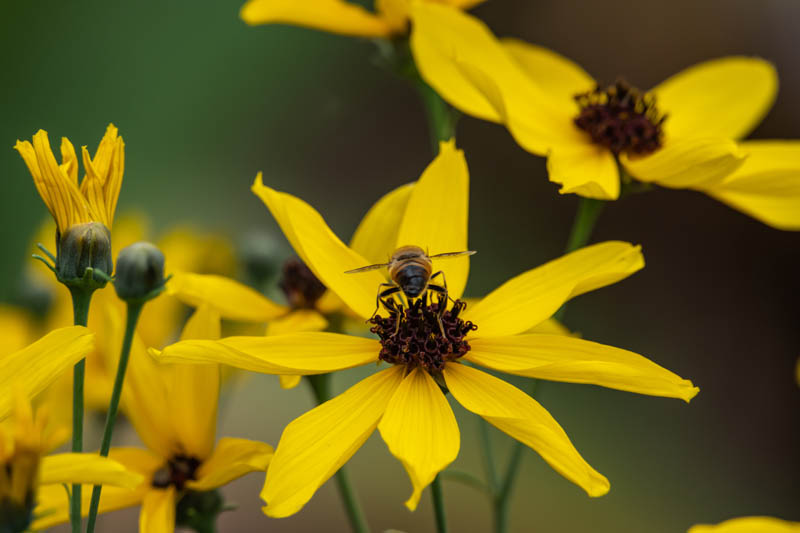
This plant attracts mostly bees, but also attracts other insects such as wasps, flies, butterflies, moths and beetles.
Heath, Bigleaf, New York, or New England aster
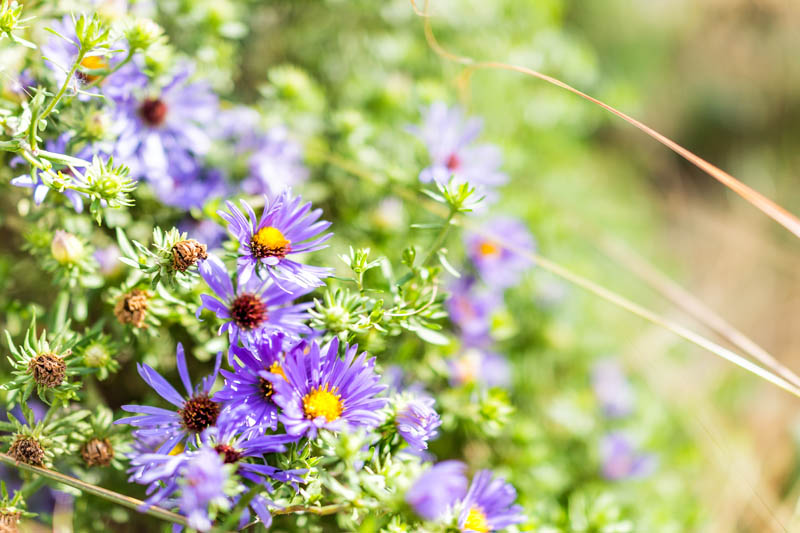
Asters are highly attractive to bees in particular, and provide a source of pollen and nectar later in the season. They are fairly drought resistant and grow best in full sun to light shade.

